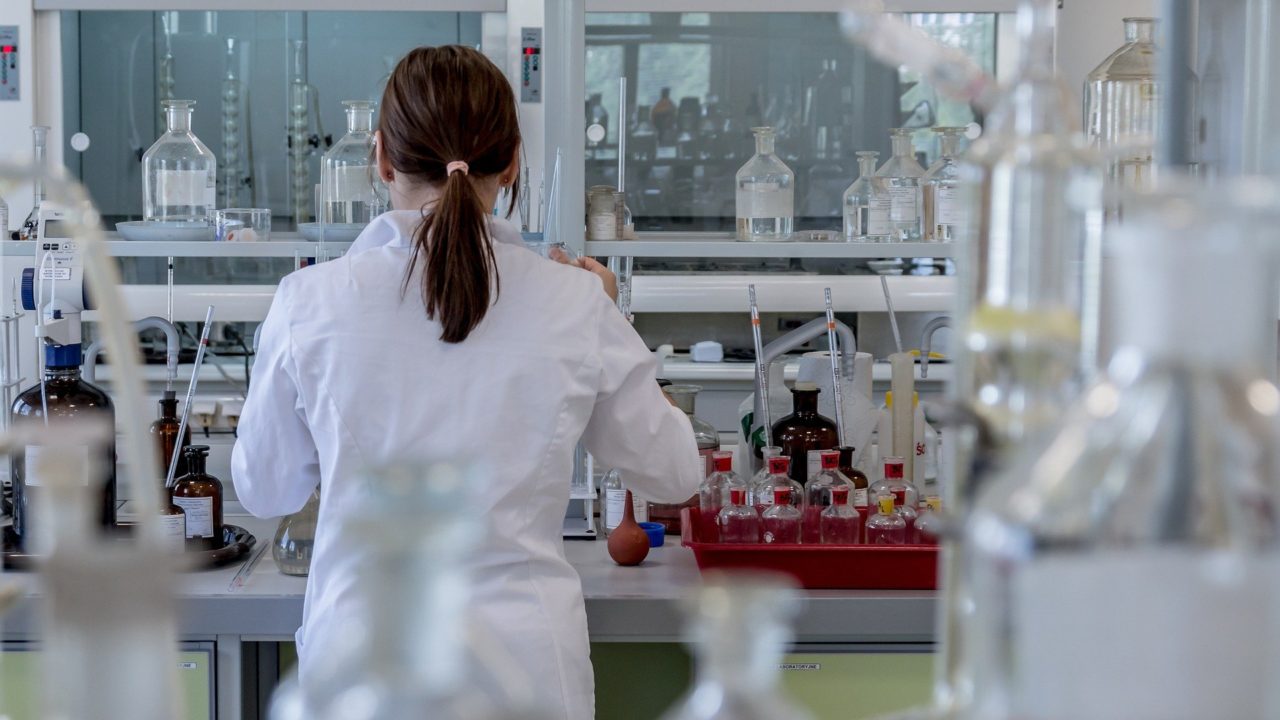The Joint Oireachtas Committee on Agriculture, Food and the Marine convened this evening (Wednesday, March 9) for a lengthy discussion on gene-editing technology, and its potential role in producing food sustainably for an increasing global population.
The committee heard from a number of experts including Dr. Thomas McLoughlin, Dr. Barbara Doyle Prestwich, Dr. Raghu Badmi and Dr. Patrick Harrison, as well as witnesses from Teagasc and the Department of the Environment, Climate and Communications.
Representing Teagasc at the committee, were its director, Professor Frank O’Mara; head of Crops, Environment and Land Use Programme, John Spink; and head of Crops Research Department, Dr. Ewen Mullins.
For the purpose of this article, we look at the contribution to the committee made by Teagasc, which described gene editing as a ‘precision-breeding’ technique that makes it possible to enhance the performance of an organism.
The particular type of gene editing referred to here is called ‘CRISPR-Cas’ and is composed of two parts:
“Firstly, a ‘molecular scissors’ used to cut the DNA and secondly, a molecular ‘sat-nav’ to guide the ‘scissors’ to the specific gene.
“Together these two parts form the ‘CRISPR-Cas’ machinery that can be used to modify a single gene or, indeed, if necessary tens of genes at the same time.”
Gene-editing potential
But in a practical and food-producing sense, what does all this mean?
In relation to crop breeding, Teagasc said gene editing can allow breeders to deliver a range of traits.
Such traits include yield enhancement; disease resistance; or quality improvement.
“An important point to make is that editing an existing variety enhances the value of that variety for the farmer or the processor, without changing any of the other traits of the original variety.”
For example, many existing potato varieties meet the requirements for processing and baking but lack durable resistance to late blight disease.
Because of this susceptibility, the crop would need to be sprayed around 12 times.
But gene editing can make precise changes to the potato’s DNA that can increase resistance to late blight, and other potato diseases, without compromising any of the important qualities of the variety.
Another example cited by Teagasc related to the editing of a single gene in wheat – the mlo gene – which results in the creation of a variety that is resistant to mildew.
“In its natural state, this gene makes wheat susceptible to mildew, which can decrease yield potential. By editing the mlo gene, the researchers turned off the mlo gene and enhanced the existing variety giving it resistance to an important disease, without affecting the variety’s yield potential.”
Using conventional breeding techniques, this is not possible as every every step in the breeding process will alter thousands of genes at a time.
Acknowledging the aims of the European Commission’s Green Deal and Farm to Fork Strategy of a 50% reduction in the use of chemical inputs and a 20% decrease in nutrient inputs on cropping systems, “all available innovations, technologies and tools must be considered”, according to Teagasc.
And their potential is ‘real’ as exemplified by a Teagasc project that assessed the impact of a blight-resistant potato variety generated using a new breeding technique.
“With this novel potato variety, fungicide applications were reduced from 12 sprays to two sprays per season.”
European Court of Justice
In 2018, the European Court of Justice ruled that organisms generated through editing must be regarded as genetically modified organisms (GMOs) within the meaning of EU Directive 2001/18. So a novel crop, such as those referred to above is technically defined as a GMO and must to through the regulatory system within the EU prior to its commercialisation.
“However, since the European Court of Justice ruling in 2018, the European Food Safety Authority concluded that editing techniques do not pose any more hazards than conventional breeding. A multitude of scientific organisations across the EU has arrived at a similar conclusion,” the Teagasc statement said.
It continued, while Teagasc is not in the business of commercialising or promoting GMO crops, it is responsible for supporting the profitability and environmental sustainability of the sector.
“To achieve this, it is incumbent on us to investigate and assess the impact of new scientific developments, be they positive or negative so that the relevant sectors and society as a whole can make a decision based on objective information, specific to Ireland.”
